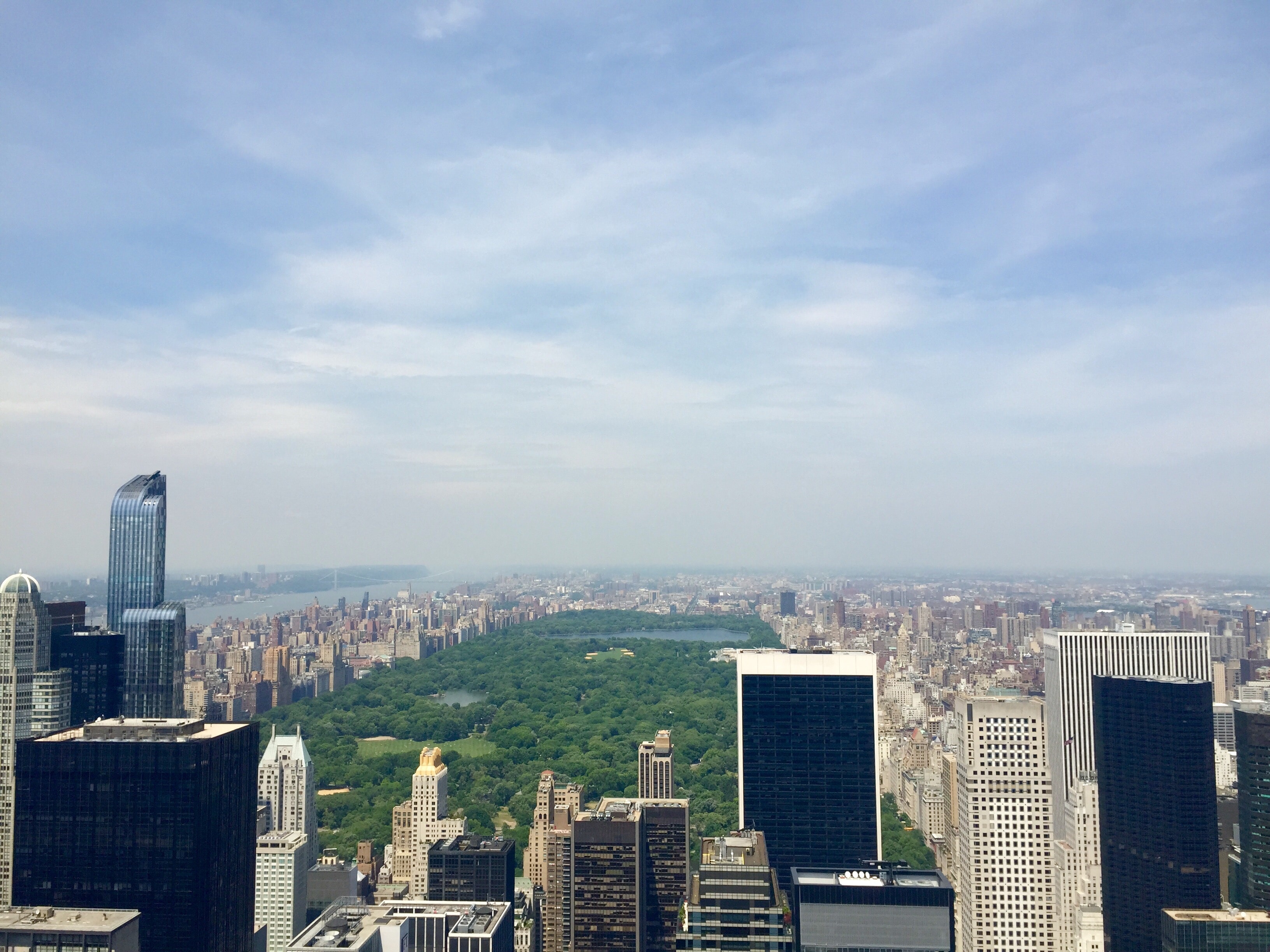The world is literally on fire. Last month, attention turned to the Amazon, the so-called lungs of the earth, as devastating fires caused by illegal deforestation burned over two million acres of forest. But it’s not only the Amazon, there have been unprecedented fires raging all over the world from California and Alaska to Greenland and Siberia. And we don’t expect these trends to stop as record temperatures and dry weather linked to climate change make prime conditions for increased frequencies of forest fires all over the world.
Immediate steps to fight climate change—such as reducing greenhouse gas emissions from burning fossil fuels and halting deforestation—could help to stem the risk of future forest fires and myriad climate-driven catastrophes, but accomplishing this will take a coordinated effort from all major polluters and require action across a variety of policy venues, scales and sectors. As the UN Climate Action Summit convenes leaders from the private and public sectors to discuss macro steps to reduce climate change, it is also important for government leaders and policymakers to recognize and discuss solutions on a more micro level. In this vein, urban parks and forests should be seen as important tools in the fight against climate change.
Today, as 55% of people across the globe live in urban areas and with that number steadily on the rise, it is essential that city leaders focus their environmental efforts on conserving, restoring and managing the parks, forests and other green spaces in order to adapt their cities to deal with the realities of climate change.
Increasing tree and plant coverage is a simple, but effective way to lower temperatures in the built environment. In building cities, permeable ground cover is replaced with concrete and trees are replaced with buildings. These changes to the natural environment lead to heat islands in which man-made structures such as roads and roofs temperatures can be 50–90°F hotter than the air and mean air temperature can be 1.8–5.4°F hotter than their more rural surroundings. Hotter cities can mean more air-conditioning and energy is used, leading to more greenhouse gas emissions. Planting trees in parks and along roads to increase shade can directly combat the phenomenon of heat islands. Shade from trees can cool a city by as much as 5°F and recent research has found that the shade of a tree can boast the cooling power of more than ten air conditioners.
In addition to cooling a city, urban trees help to clean damaging greenhouse gases from the air and can also improve the health of its residents. It is estimated that urban trees directly remove pollutants at an annual rate of 80 pounds per acre of tree cover—a value of $500 million of air pollution removal across all US urban trees. This greenhouse gas reduction is not only important in the broader effort to combat climate change, but it is also important for the health of city-dwellers. According to a recent study, air pollution contributes to roughly 3 million deaths per year; planting more trees means that the most dangerous type of air pollution, fine particulate matter, will be filtered out of the air, saving “tens of thousands of livesâ€, and saving cities and its citizens from spending on health-related costs caused by poor air quality.
Urban green spaces also serve as green infrastructure, and planting trees in cities can provide cost-effective solutions for common challenges like storm-water runoff and flooding. Trees and the ground they are planted in provide a space for infiltration while the tree roots also are able to take up water. Additionally, the infiltration process serves to filter pollutants before they end up in drinking water and natural aquatic ecosystems. The leaves of the trees also play a role, limiting hard rains from eroding soil and providing additional surface area for rainwater to collect and evaporate.
It may seem that focusing on urban trees to combat climate change is like trying to put out a forest fire with a garden hose, and that efforts should be focused on large-scale solutions. But the truth is that the majority (and worst polluters) of the countries that signed on to the Paris Climate Agreement are found to be insufficient or worse in meeting the goals to stop global temperatures from rising past the target of 2°C. Further, even if all countries hit their greenhouse gas emission goals laid out in the Paris Climate Agreement, it wouldn’t be enough to stop severe warming with greenhouse gas levels still expected to exceed the tipping point. At this moment in the crisis, governments at every level must use all available tools to reduce emissions and adapt cities to protect their citizens from the worst effects of a changing climate. Increased focus on planting trees and caring for green spaces inside and outside of cities are proven tools to reduce temperatures, clean pollutants from the air, and prevent flooding—steps that will immediately help to improve the lives of the people who live within these cities now and into the future.
Last week, young people from around the world led millions of protesters—across 4,500 protests sites in 120 countries—to demand immediate action in tackling the existential threat of our time, climate change. With youth leading the charge, both at the climate strike and in grounding the conversation in the hellish future they may be confronted with, global citizens are finally starting to discuss climate change with the urgency it deserves. For the first time in American history, climate change is listed as a top priority for Democratic Voters. While the majority of efforts focus on clean energy and decarbonization, let’s hope that the pressure from a mobilized youth (and from voters) leads government leaders to also consider policies that protect against the effects of climate change in our parks and urban green spaces. Caring for urban trees may not put out the fire, but it is a start in improving the lives of billions of people affected by climate change today.
Eric Cova, a second year MPA-PNP Policy Analysis student, is Editor in Chief of the Wagner Review.




